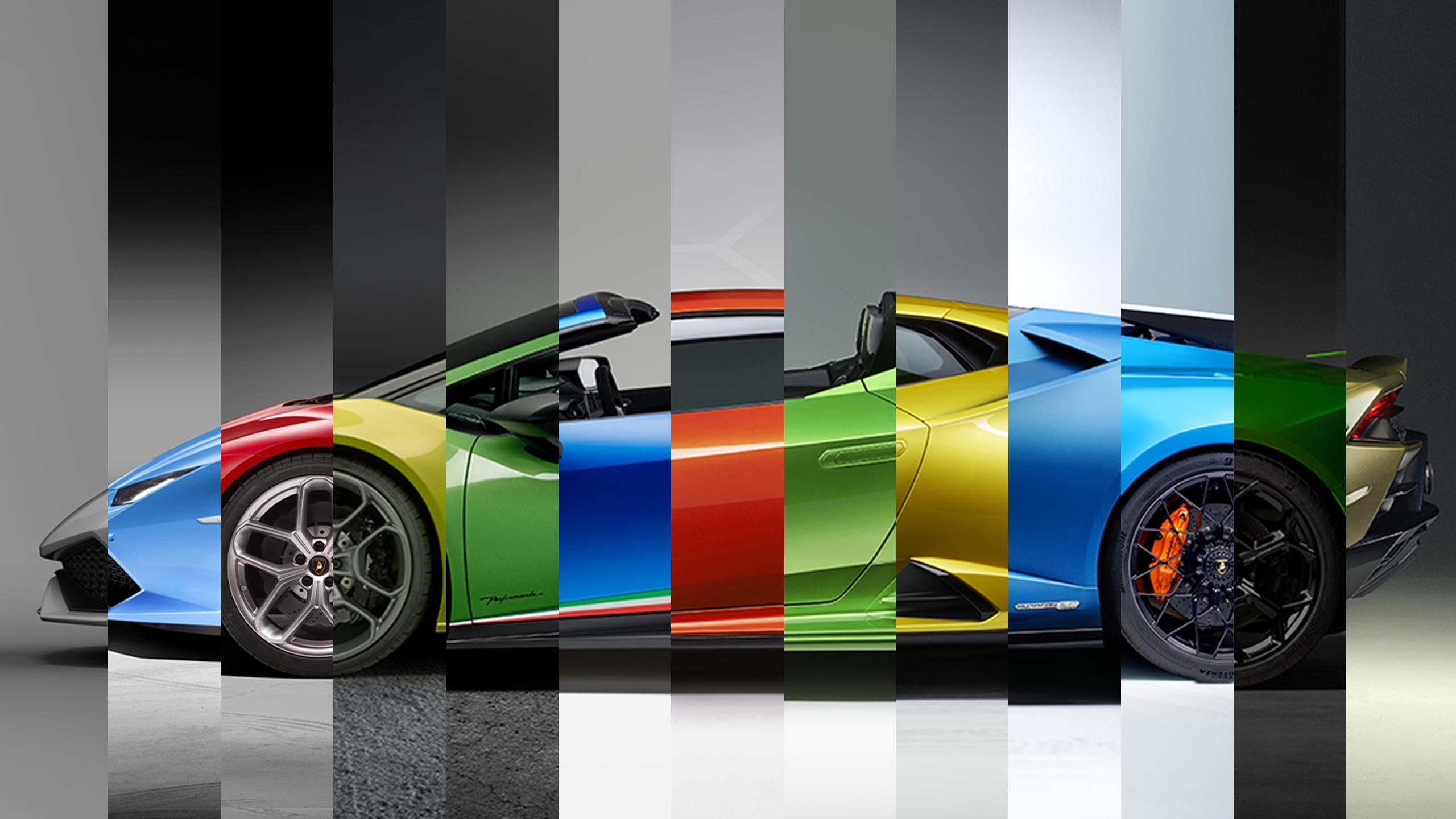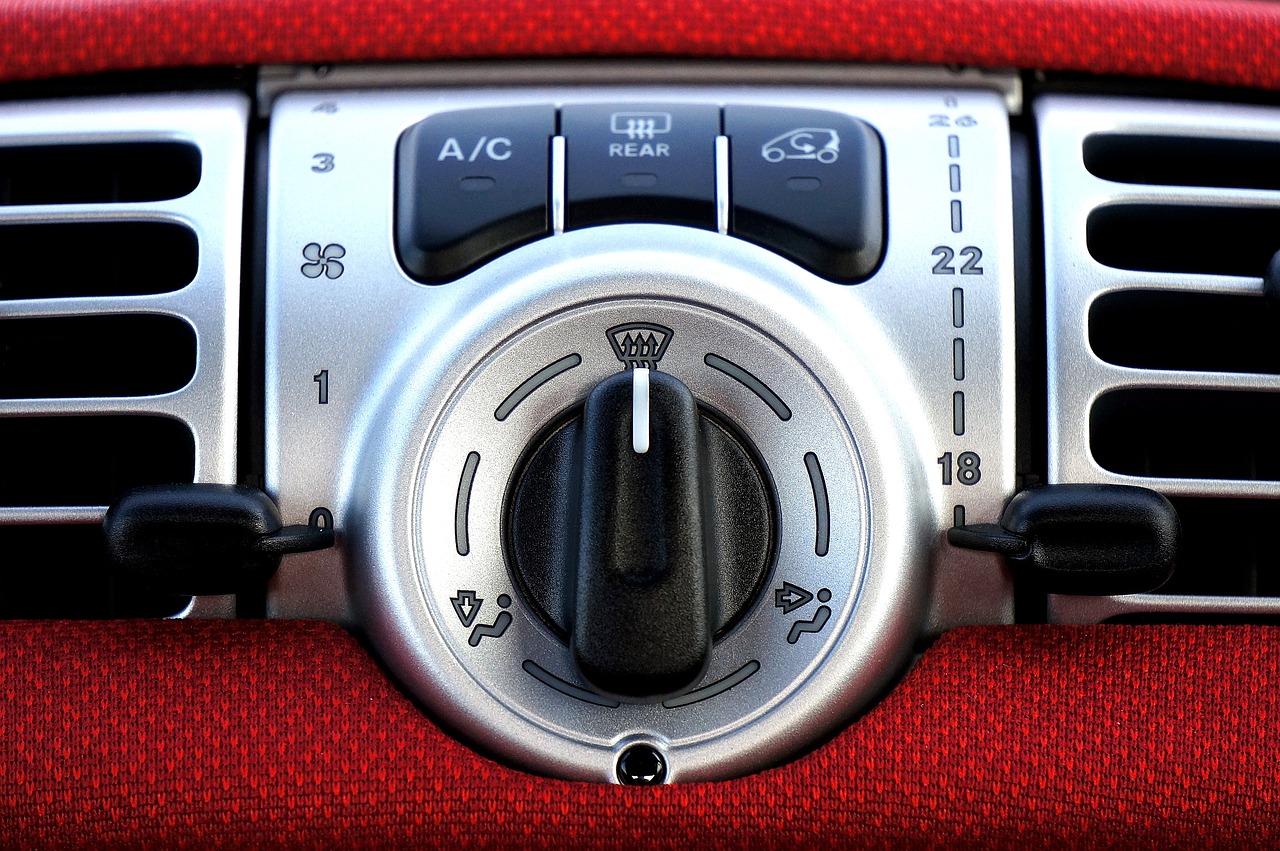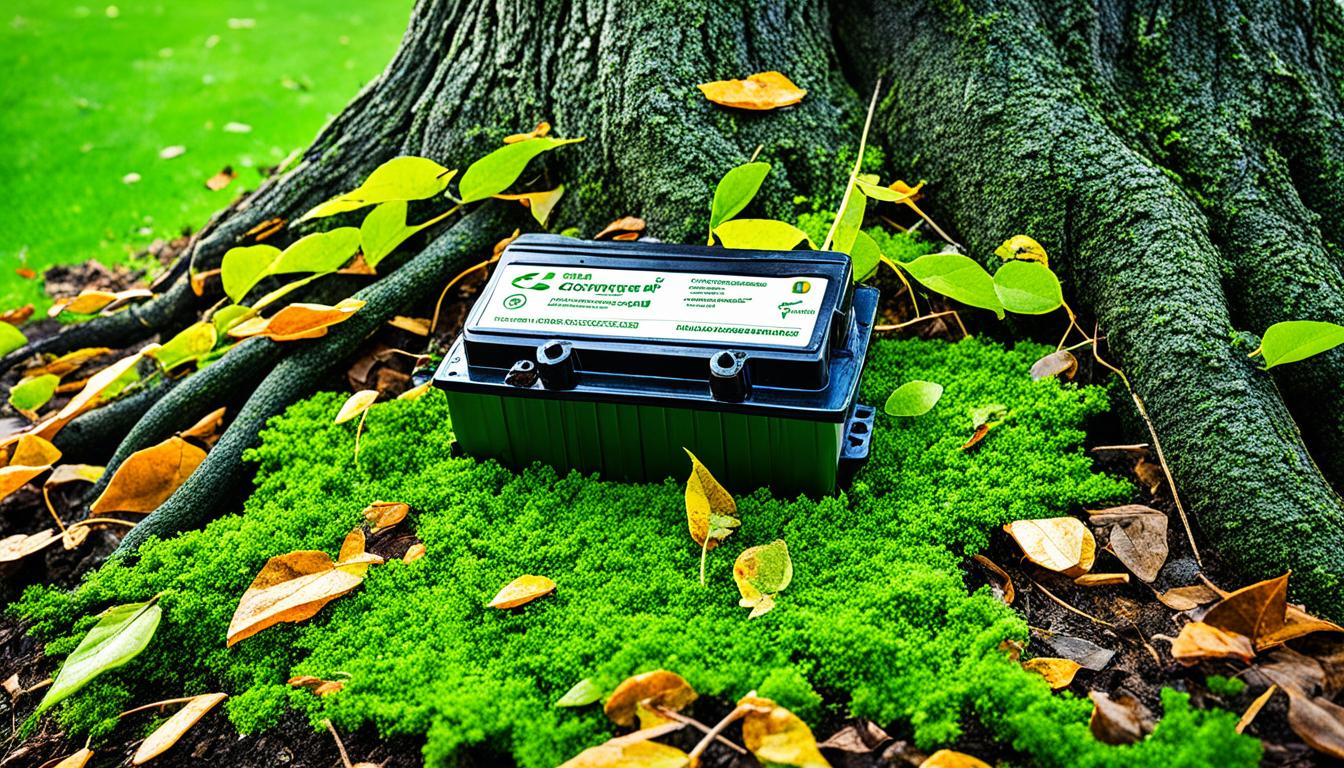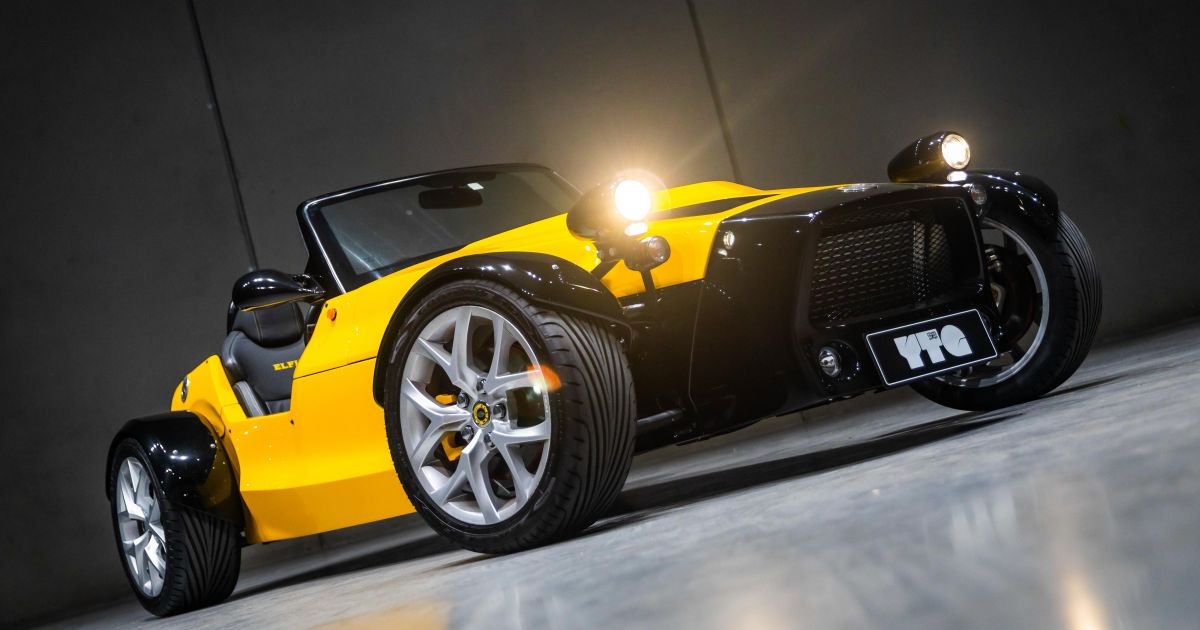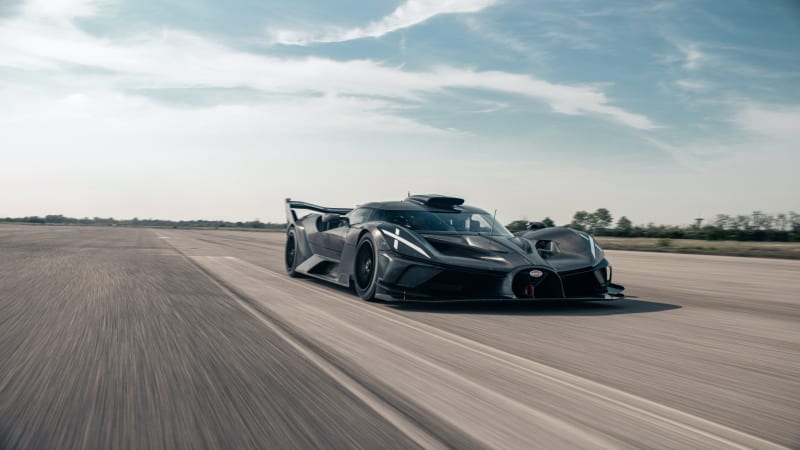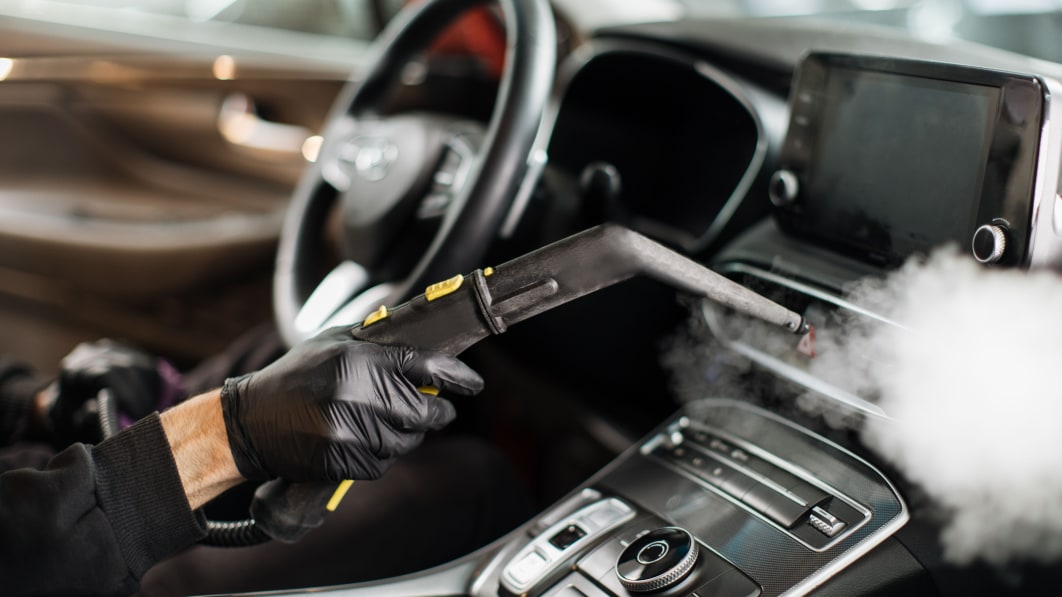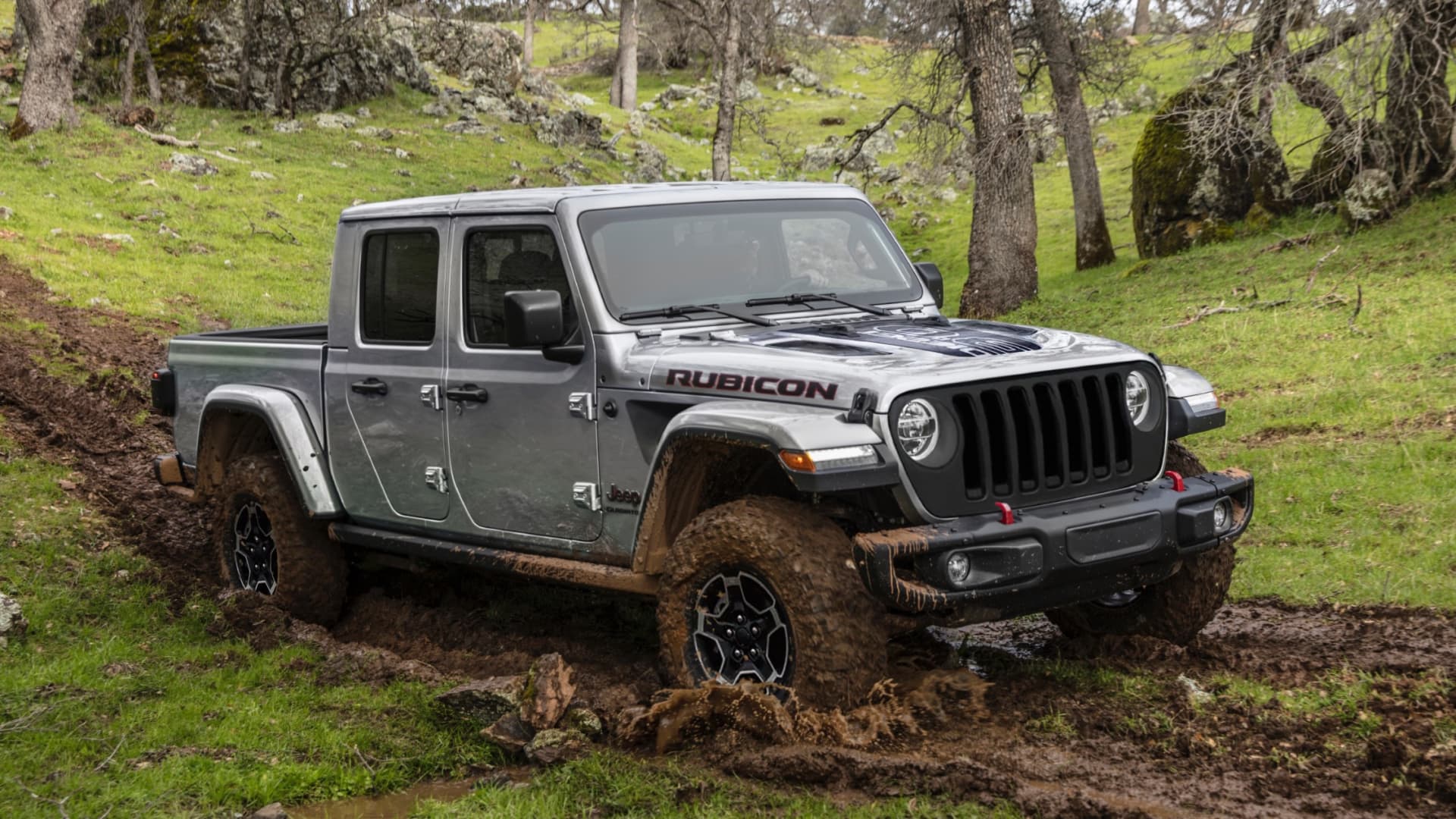Volkswagen’s how-to guide for the cold season
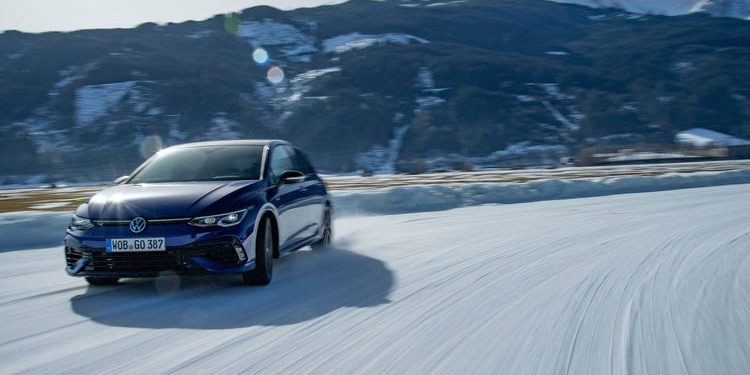
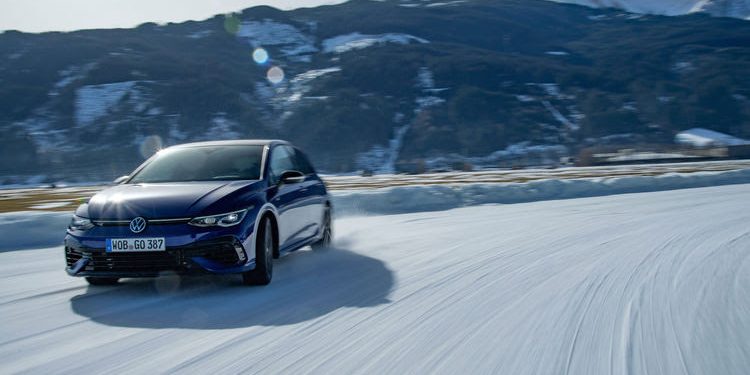
Contents
When winter comes around once again, old rules of thumb are dusted off and tips on de-icing, protecting engines and tyres are shared – but many of these are wrong, or misunderstood. Which is why Benjamin Leuchter, racing driver and Volkswagen test and development driver, and the head trainer at Volkswagen Driving Experience, Peter Bunke, are sharing top tips for the cold season.

“From O to E.” Many car drivers in Germany are now aware of this rule. It outlines a recommendation for using winter tyres: winter-proof tyres should be used between October and Easter. But this isn’t law. Rather, car drivers, regardless of the time of year, must have the right tyres as soon as there is snow or ice on the roads. Theoretically, this could be as early as September or as late as May.
SEE ALSO: 10 Must-have Features Of A Family Car
“Often the problem isn’t that car drivers don’t know what to do,” explained Benjamin Leuchter. “In the busyness of everyday life, some people just bend the rules slightly and, for example, only de-ice enough of the windscreen to see out of instead of removing snow from the car properly. That puts both the driver and other people on the road at risk.” Falling ice can cause damage or injuries, with those on two wheels particularly at risk. Which is why the experts have shared their tips in seven chapters:
- Before setting off
- Starting the engine correctly
- Starting up correctly
- While driving
- The right tyres
- Braking correctly and cornering
- Road safety
Five additional tips on the right way to care for your car from Volkswagen:
Checking fluids
It’s not only the driver who needs to be prepared for the cold season, the car does as well. A coolant spindle shows whether there is enough antifreeze in the cooler. The reading should be at least 20 degrees below zero because if there is less antifreeze the coolant could freeze, which may cause considerable damage to the water pump and as a result to the engine. The same applies to the screen wash: the summer cleaning agent should be used up and replaced with a winter-proof wash formula.
Correct battery care
The car battery needs to be fit for winter as well since it is under particularly heavy strain in low temperatures. Often, it isn’t charged enough over short distances. A battery charger can remedy this, which, particularly when the car is parked for longer periods – such as during time off over winter, ensures that the battery is always sufficiently charged. If battery problems are a frequent occurrence, it’s worth investing in a new 12-volt battery.
Air-conditioning in winter
Instinctively, many car drivers do not turn on the air-conditioning at all in winter, or if they do, it is on very rare occasions, and they turn up the heating. This results in the air in the car being too humid and windows steaming up from the inside. Which is why you should use the air-conditioning and its automatic programme. This ensures that it is not only humid air that is circulating, but that drier outside air is fed in. The temperature should be at around 22 degrees Celsius all year. By the way: in modern cars, the air-conditioning is only switched on when it’s needed – even if the “AC” air-conditioning light is always on.
Using rear fog lights correctly
Talking about lights: in cars with automatic driving light control, the low beam is activated automatically, but many drivers tend to activate the rear fog lights before they are needed in fog. The basic principle: they should be activated in conditions where visibility is less than 50 metres. And when this is the case, you shouldn’t drive above 50 km/h and you should deactivate the automatic driving light control.
Checking tyre pressure
A relic from times gone by is the belief that you should reduce tyre pressure in lower temperatures. But that was primarily true for cross-ply tyres that aren’t that common these days. If the tyre pressure is too low, this can have a negative impact on grip, and fuel consumption. So, check whether the tyre pressure is in line with recommendations. These values are on a sticker on the door frame of the driver’s door.
1. Golf R (235 kW / 320 PS, with 7-speed DSG dual clutch gearbox) – (NEDC) fuel consumption in l/100 km: urban 9.0, extra-urban 6.0 – 5.9, combined 7.1 – 7.0; CO2 emissions in g/km (combined): 163 – 161; efficiency class: D.

